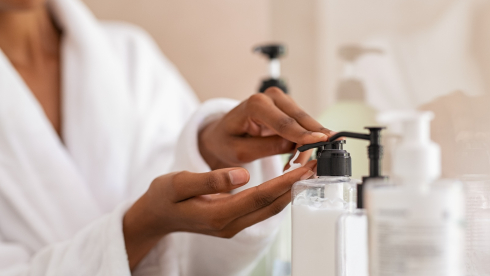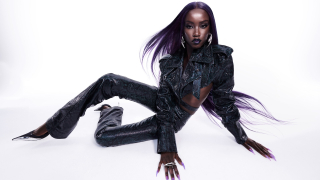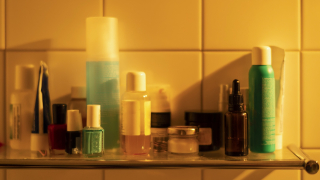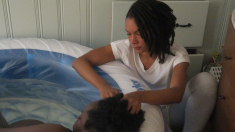Twenty-one years ago, hundreds of thousands of women and some men marched along Ben Franklin Parkway in Philadelphia as part of the Million Woman March, a protest intended to revitalize the Black community by unifying its women.
At the time, it was one of the largest gatherings of women globally. Although the focus was on the Black community, women from all backgrounds supported the rally. The two-mile march included a bevy of speakers, performers and loads of prayer. The event was organized by grassroots Phile Chionesu and Asia Coney, both activists, and residents of South Philadelphia, according to the Los Angeles Times.
Unlike the Million Man March, which occurred in1995, the Million Woman March did not include big names from the civil rights movement or help from large organizations such as the NAACP to fuel attendance.
Instead, Chione and Coney used grassroots initiatives to publicize the event including fliers, utilizing local women’s organizations and word-of-mouth. Even with only a few months to execute their plan, several influential Black women showed up including U.S. Representative Maxine Waters, activist and writer Sista Souljah, Jada Pinkett Smith and Winnie Madikizela-Mandela, former wife of Nelson Mandela.
During her keynote speech, Waters spoke about the effect of drugs on inner cities. ”We’ve got to insist on a sensible and tough government policy to interdict drugs and break up the drug cartels.”
“This is going to be a historical event,” said Wessita McKinley, spokeswoman for the Washington-Virginia-Maryland organization, to The Associated Press. “They’re just coming to support their sisters, to see what they can do as a collective effort to better ourselves, our race, our families and our country.”
https://www.instagram.com/p/BpXFNy5l_eS/?tagged=millionwomanmarch
Although there are no official attendance numbers, The New York Times reported that the Philadelphia Police Department estimated a turnout of about 300,000 people. Organizers from the daylong celebration said the number reached as high as 1.5 million.
Women at the event said they walked away with pride and hope about what it means to be a Black woman.
Nearly 20 years later, on Jan. 21, 2017,— the day after President Donald Trump’s inauguration—the Women’s March took place with 500,000 to 1 million attendees showing up in Washington, D.C. The intended purpose was not “anti-Trump” but to hit back at the bigoted messages in his campaign.
The organizers wanted to “send a bold message to our new administration on their first day in office, and to the world that women’s rights are human rights,” according to the march’s mission statement. “We stand together, recognizing that defending the most marginalized among us is defending all of us.”
The march initially started as a grassroots effort, but after several Facebook pages went viral, it became more structured by traditional political organizers and groups. Linda Sarsour, executive director of the Arab American Association of New York; Tamika D. Mallory, political organizer and former executive director of the National Action Network; Carmen Perez, executive director of The Gathering for Justice; and Bob Bland, a fashion designer focused on ethical manufacturing, were appointed as the co-chairs of the event.
On the day, approximately more than 7 million people participated in marches worldwide. The rally was also streamed on YouTube, Facebook and Twitter.
The Million Woman March set the groundwork for the Women’s March on Washington to become the largest day of protests in American history.













